Massive storm brings Lake Tahoe's water levels back above natural rim

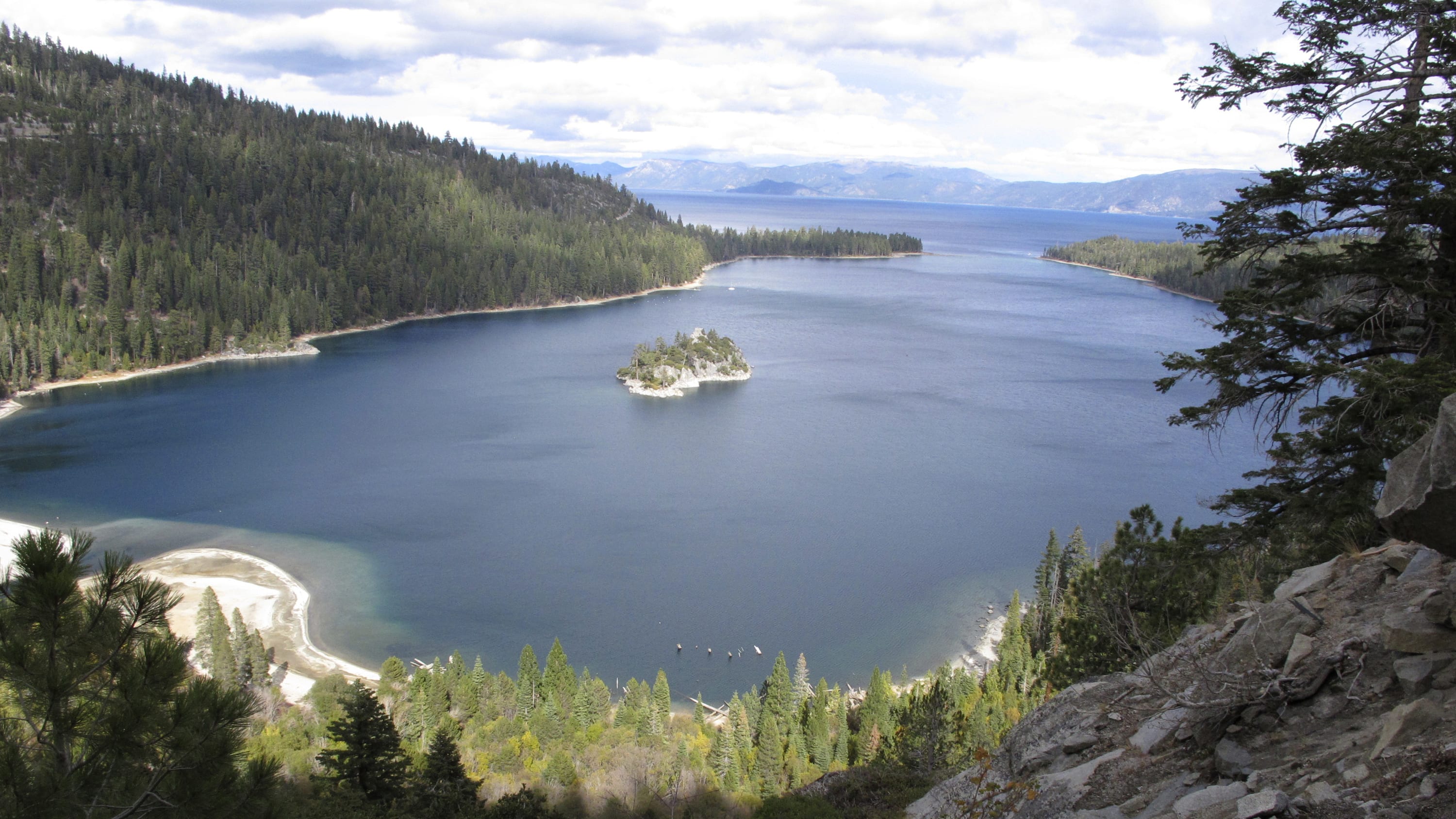
Heavy rain and snow fell in Northern California over the weekend — so much that Lake Tahoe's water levels are back above the natural rim.
Water levels at the Tahoe City dam rose almost 6 inches in 24 hours, the U.S. Geological Survey said, and more than 24 inches of snow fell in the mountains around the Tahoe Basin. This was welcome news, as last week, Lake Tahoe's water levels dipped about an inch below the natural rim of the basin. When the levels plummet below the rim, the lake is no longer connected to the Truckee River, its only outlet. Drought, fueled by climate change, is causing the levels to drop more often and earlier than normal.
While the rainfall was definitely needed, it's not enough to solve Lake Tahoe's water troubles, experts say. Because the lake was only an inch below the rim, the massive storm was able to raise the water levels quickly, but they are nowhere near where they should be, SFGate reports — Lake Tahoe is considered full when water levels are roughly 6 feet above the natural rim.
The Week
Escape your echo chamber. Get the facts behind the news, plus analysis from multiple perspectives.

Sign up for The Week's Free Newsletters
From our morning news briefing to a weekly Good News Newsletter, get the best of The Week delivered directly to your inbox.
From our morning news briefing to a weekly Good News Newsletter, get the best of The Week delivered directly to your inbox.
For Lake Tahoe to get into a good position, scientists say this winter needs to have above-average rain and snow fall, with the snowpack not melting until after spring. Without this, the lake may drop below its natural rim earlier next year.
While this weekend's storm was significant, it isn't going to make much of a dent in the drought hitting the Western U.S. Nevada's Lake Mead is a major water source for California, and Bill Patzert, a retired climate scientist with NASA's Jet Propulsion Lab, told the Los Angeles Times that he estimates it would take 17 years of above-normal rainfall and snowpack to bring the depleted lake back to where it should be. "There's no quick fix to the drought," Patzert said.
A free daily email with the biggest news stories of the day – and the best features from TheWeek.com
Catherine Garcia has worked as a senior writer at The Week since 2014. Her writing and reporting have appeared in Entertainment Weekly, The New York Times, Wirecutter, NBC News and "The Book of Jezebel," among others. She's a graduate of the University of Redlands and the Columbia University Graduate School of Journalism.
-
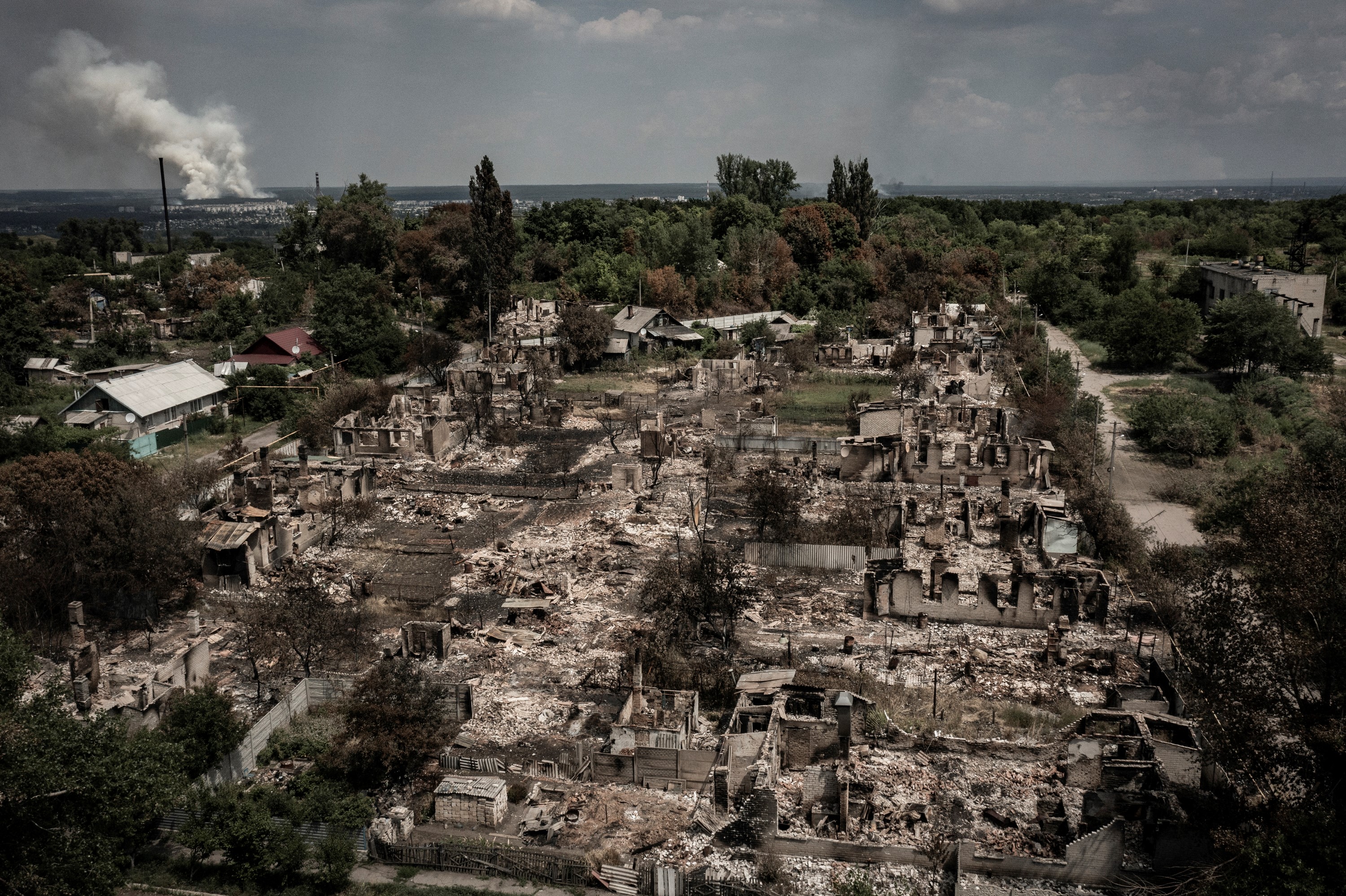 All roads to Ukraine-Russia peace run through Donetsk
All roads to Ukraine-Russia peace run through DonetskIN THE SPOTLIGHT Volodymyr Zelenskyy is floating a major concession on one of the thorniest issues in the complex negotiations between Ukraine and Russia
-
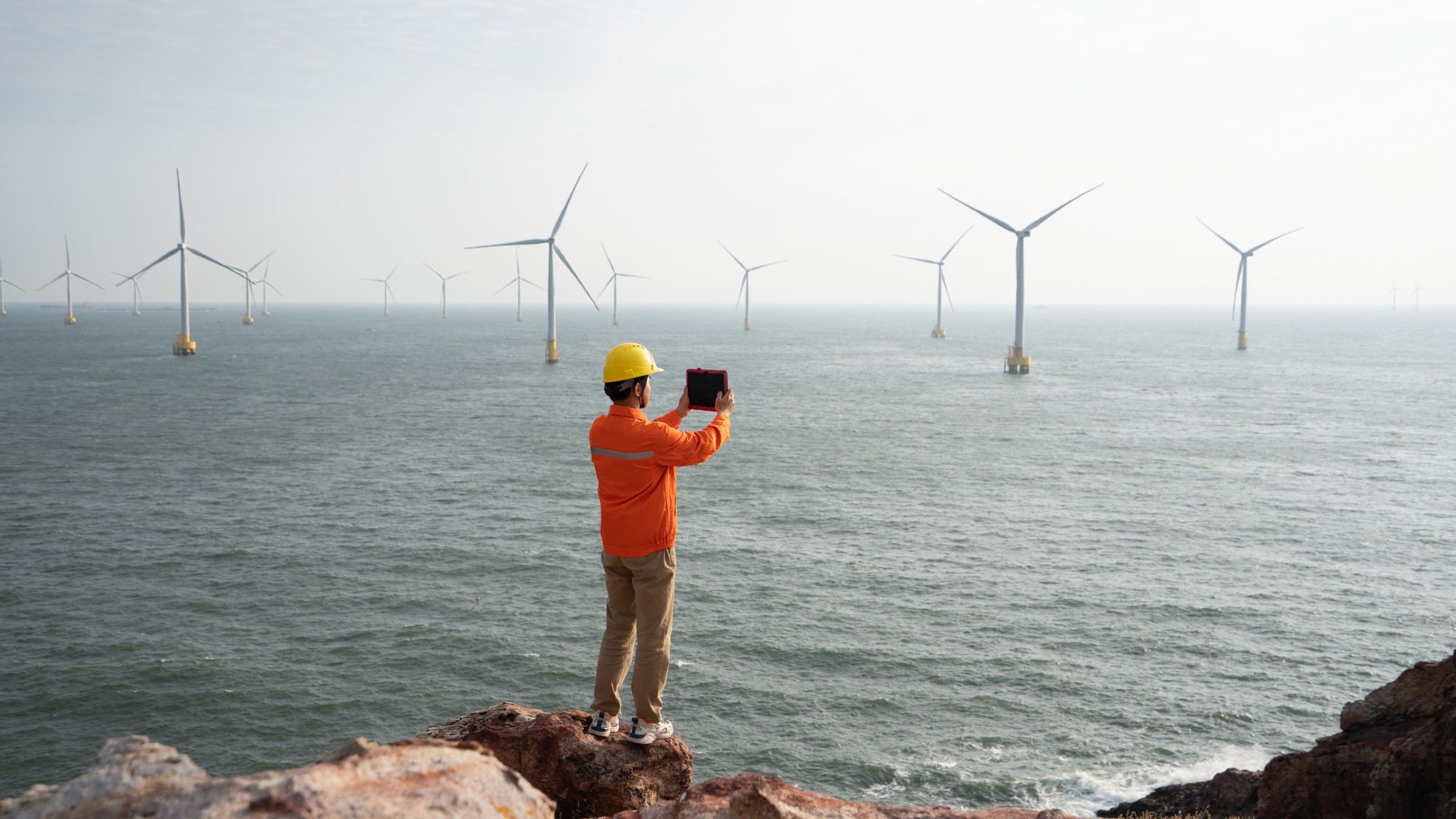 Why is Trump killing off clean energy?
Why is Trump killing off clean energy?Today's Big Question President halts offshore wind farm construction
-
 8 restaurants that are exactly what you need this winter
8 restaurants that are exactly what you need this winterThe Week Recommends Old standards and exciting newcomers alike
-
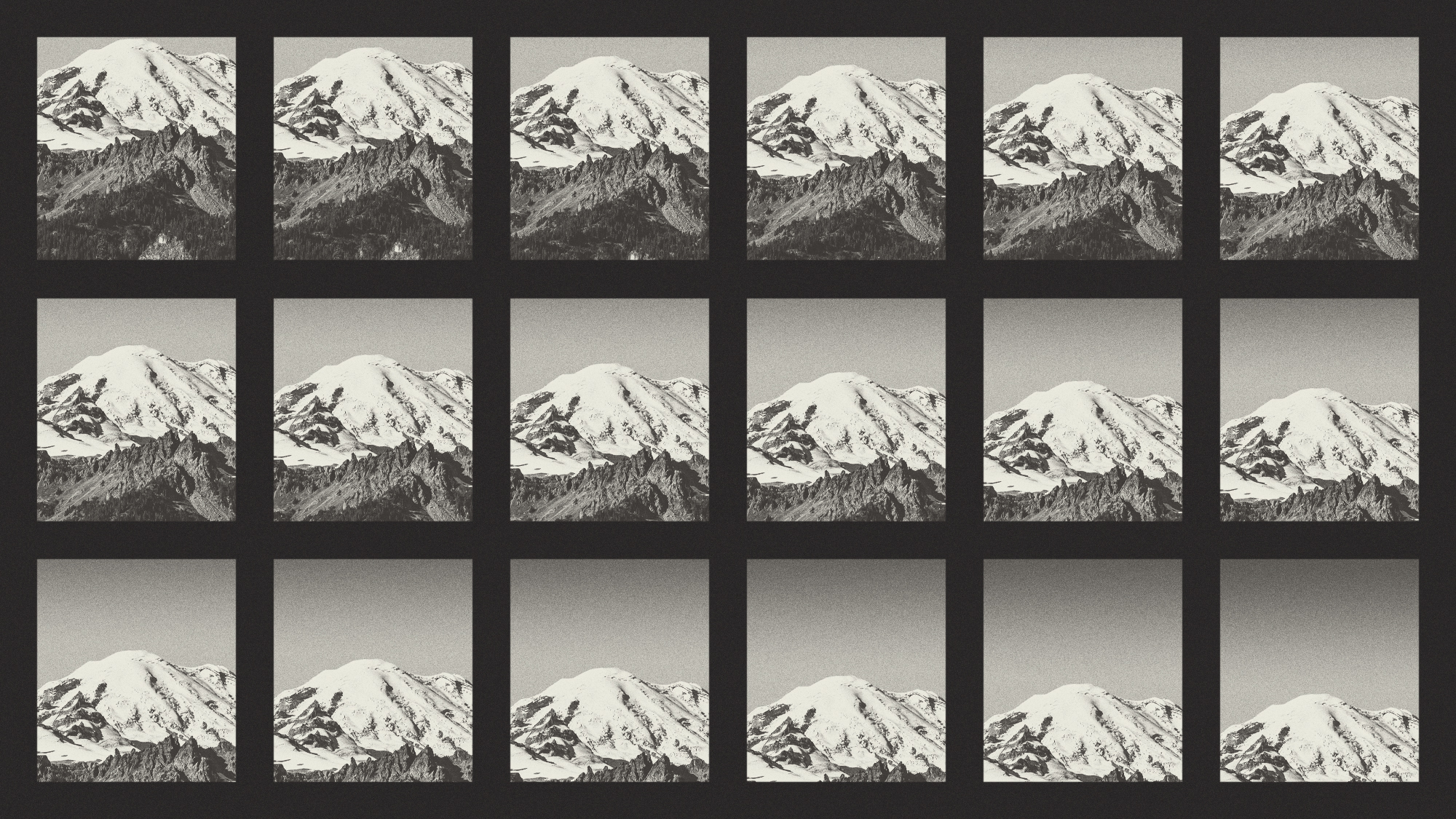 Crest falling: Mount Rainier and 4 other mountains are losing height
Crest falling: Mount Rainier and 4 other mountains are losing heightUnder the radar Its peak elevation is approximately 20 feet lower than it once was
-
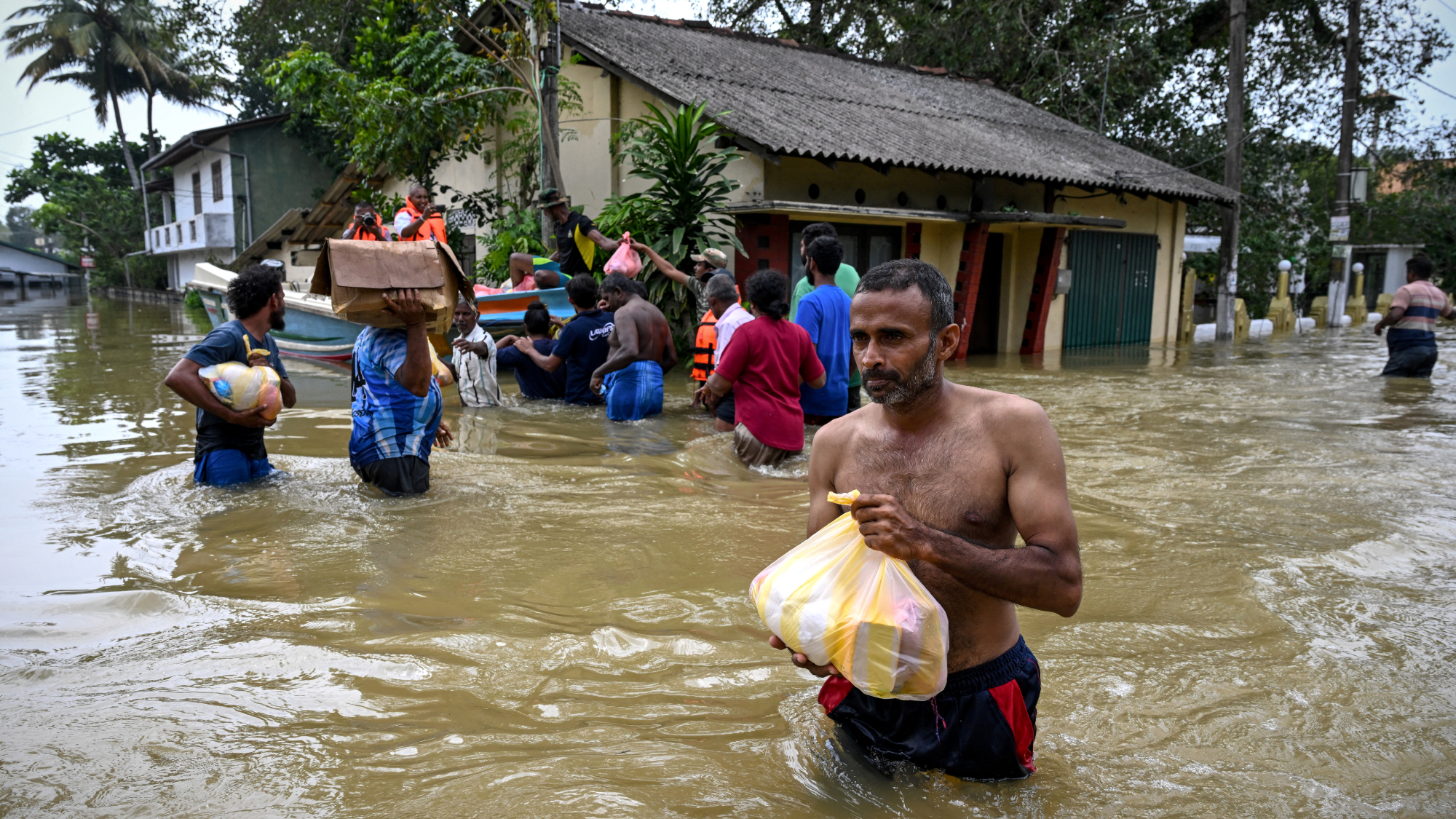 Death toll from Southeast Asia storms tops 1,000
Death toll from Southeast Asia storms tops 1,000speed read Catastrophic floods and landslides have struck Sri Lanka, Indonesia, Thailand and Malaysia
-
 Can for-profit geoengineering put a pause on climate change?
Can for-profit geoengineering put a pause on climate change?In the Spotlight Stardust Solutions wants to dim the sun. Scientists are worried.
-
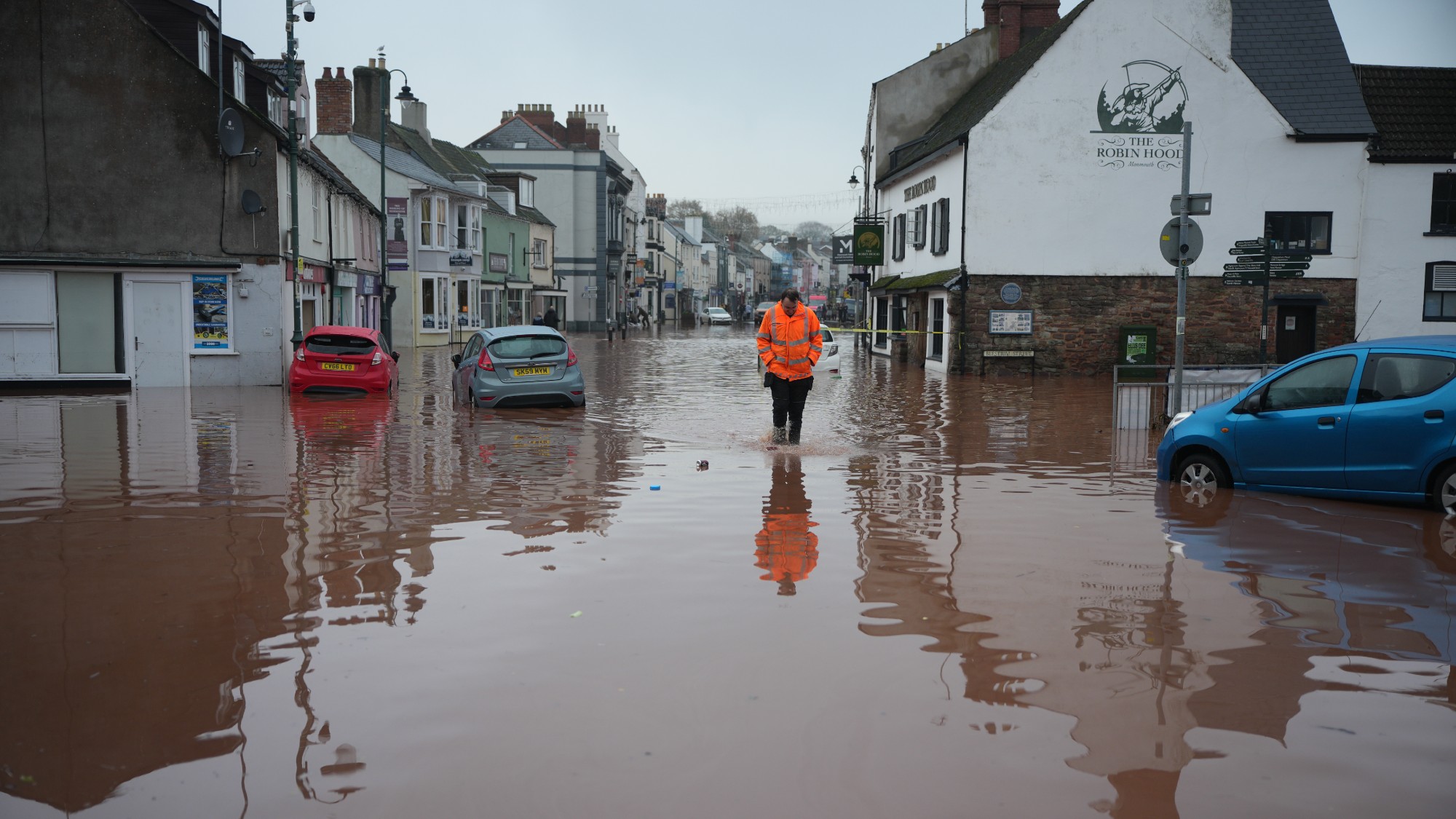 How will climate change affect the UK?
How will climate change affect the UK?The Explainer Met Office projections show the UK getting substantially warmer and wetter – with more extreme weather events
-
 Can the UK do more on climate change?
Can the UK do more on climate change?Today's Big Question Labour has shown leadership in the face of fraying international consensus, but must show the public their green mission is ‘a net benefit, not a net cost’
-
 Did Cop30 fulfil its promise to Indigenous Brazilians?
Did Cop30 fulfil its promise to Indigenous Brazilians?Today’s Big Question Brazilian president approves 10 new protected territories, following ‘unprecedented’ Indigenous presence at conference, both as delegates and protesters
-
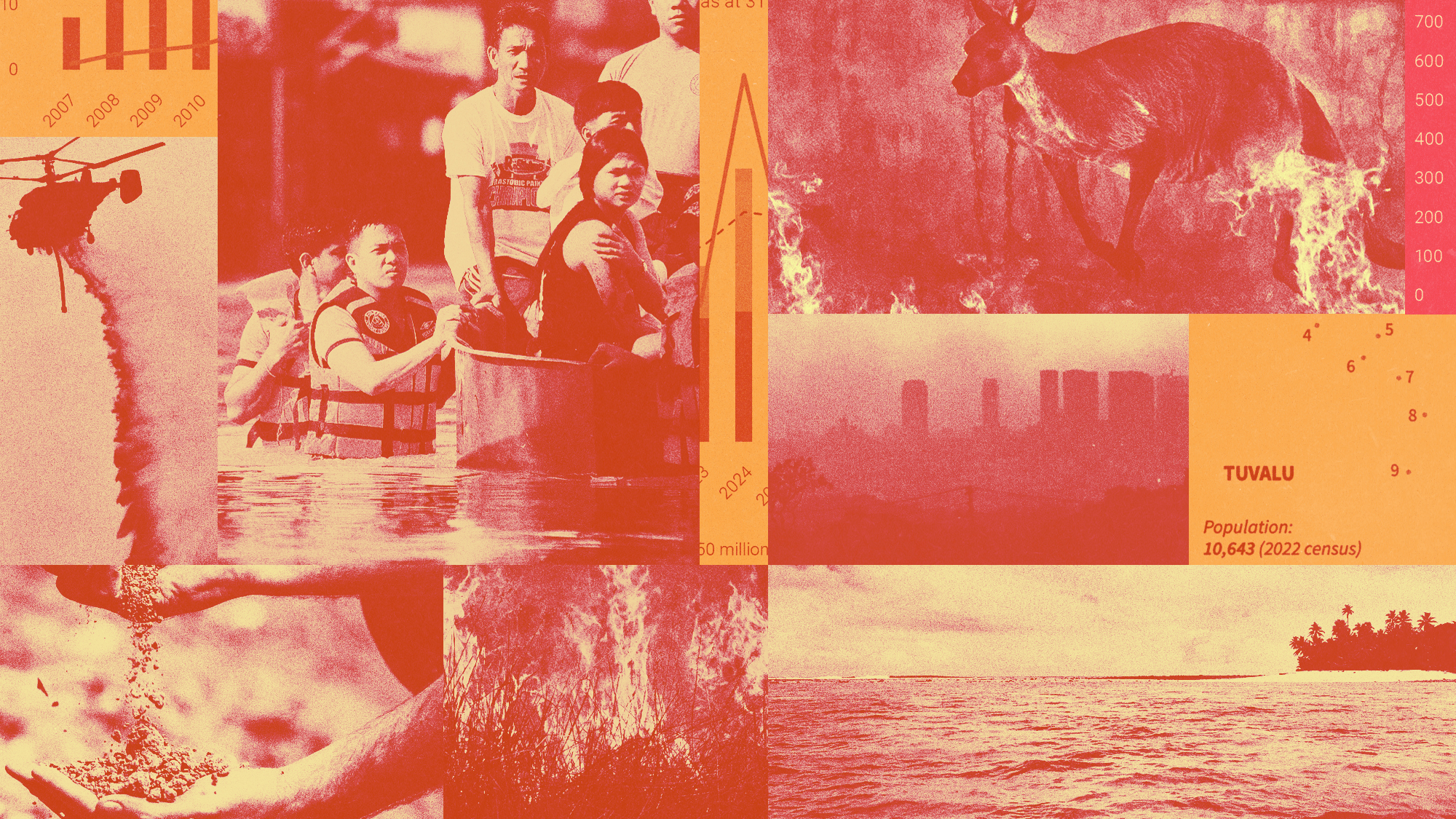 Can the world adapt to climate change?
Can the world adapt to climate change?Today's Big Question As the world gets hotter, COP30 leaders consider resilience efforts
-
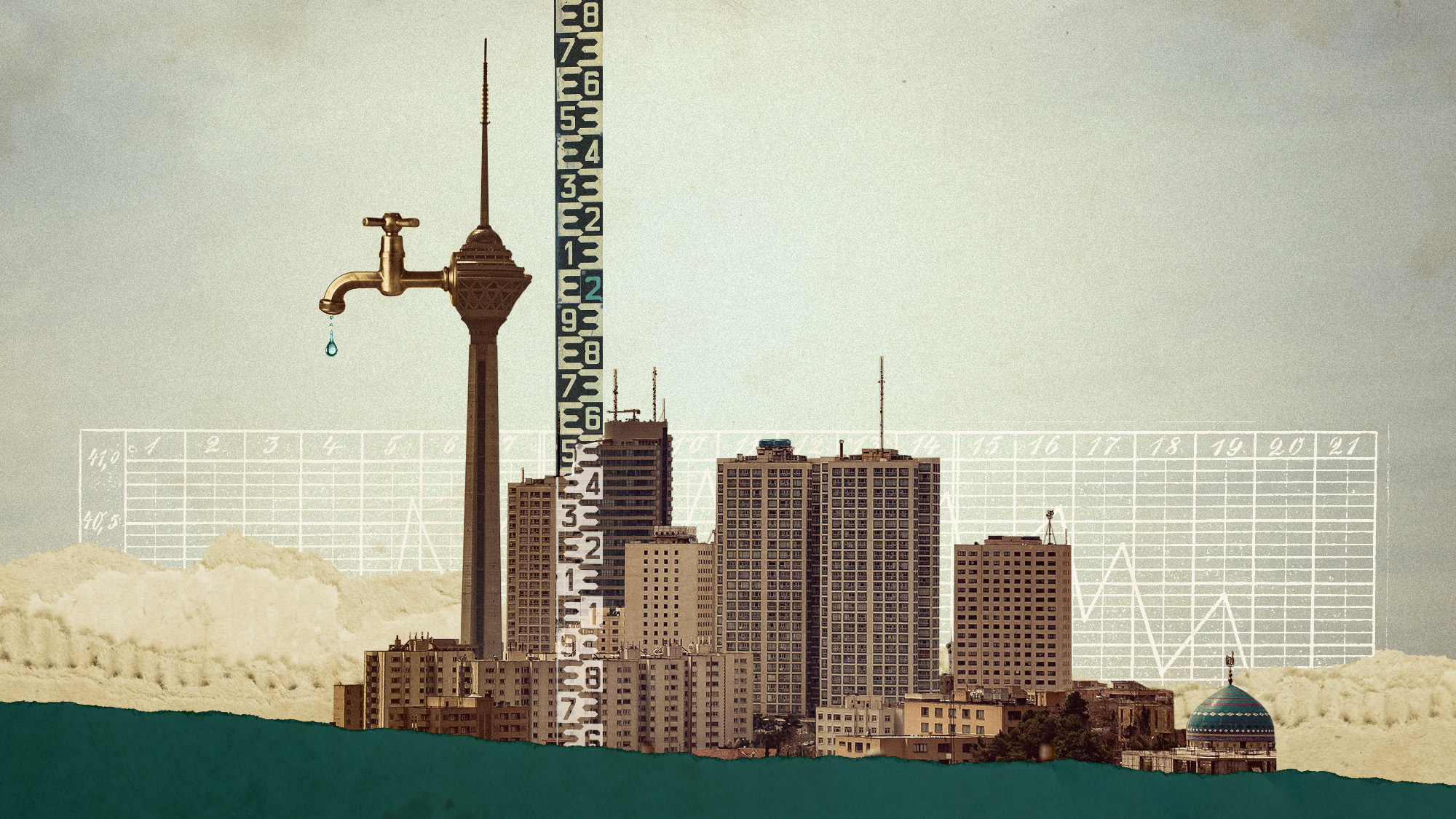 Taps could run dry in drought-stricken Tehran
Taps could run dry in drought-stricken TehranUnder the Radar President warns that unless rationing eases water crisis, citizens may have to evacuate the capital
